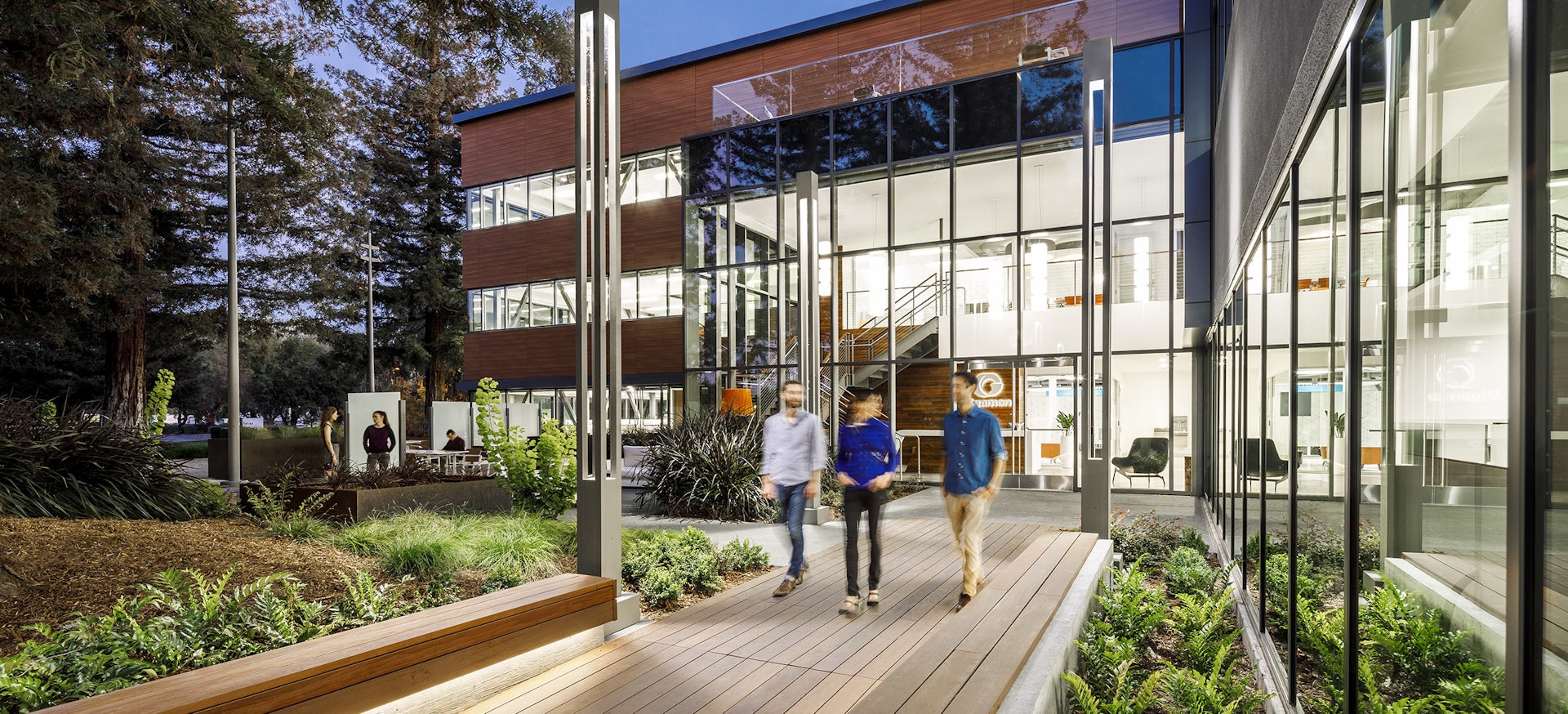As young architects we grow up excited about the opportunity to design a new building from the ground up. In school we’re often taught by example and training to take a site, the blank canvas, and create a vision for a completely new structure.
In the face of the realities of climate change, we need to adjust our thinking. The real battle to reduce the building industry’s effect on the environment will be fought in how we address the massive stock of aging and existing buildings. A 2012 survey by the US Energy Information Administration found that half of the country’s 5.6 million commercial buildings—including office, hospitality, education, and health care facilities—were constructed before 1980. Two-thirds of the building area that exists today will still be in use in 2050, according to industry estimates.
For every new building we build there are hundreds of existing buildings that need the same level of care and design to mitigate their emissions. Outdated mechanical systems and underperforming envelopes are large contributors to the building industry’s carbon emissions, which account for nearly 40% of total global greenhouse gas emissions, according to the Global Alliance for Building and Construction. Currently, building renovations affect only 0.5 to 1% of the building stock annually, according to data compiled by nonprofit group Architecture 2030.















